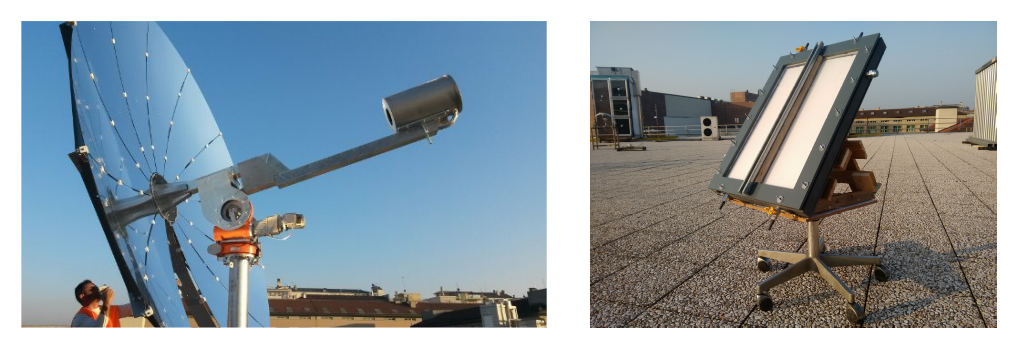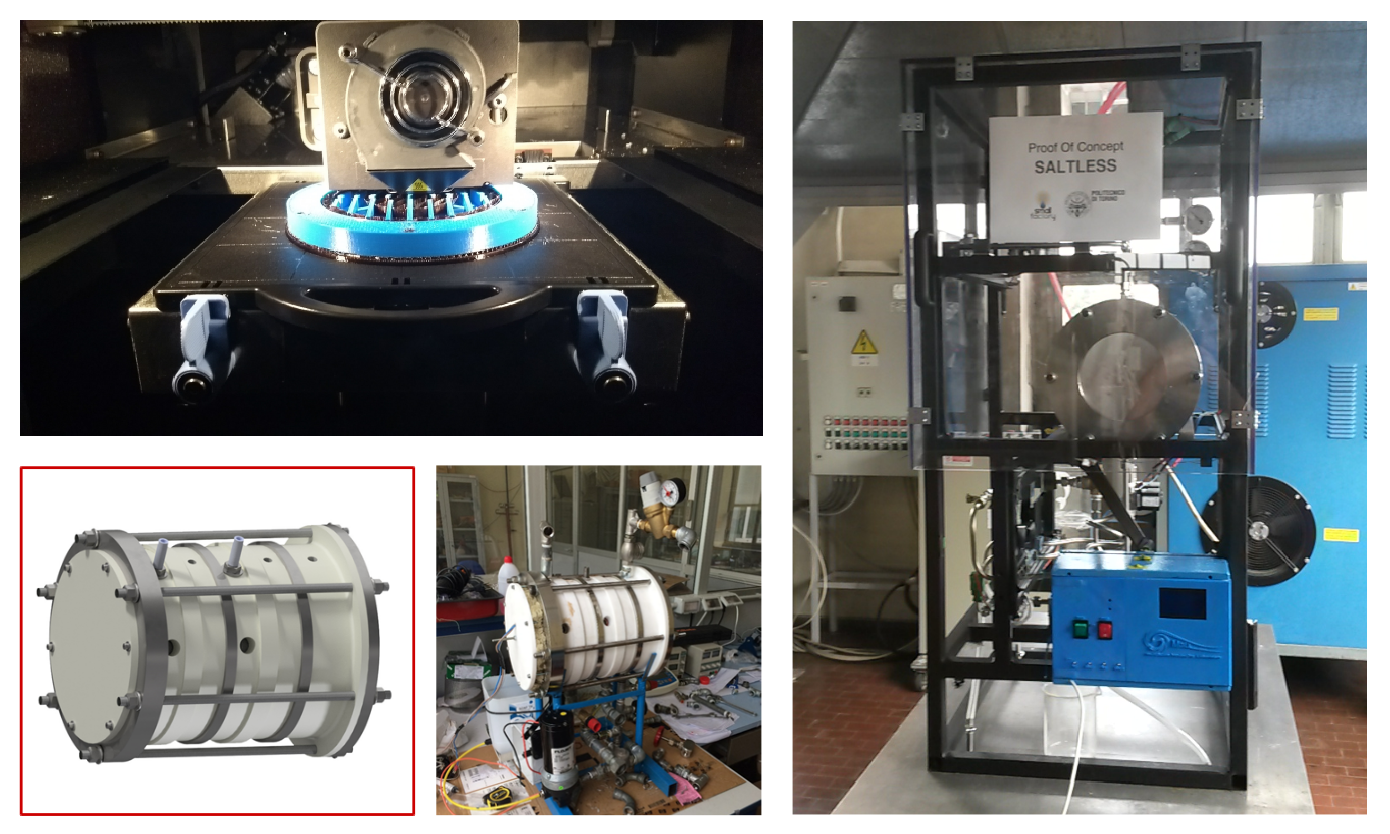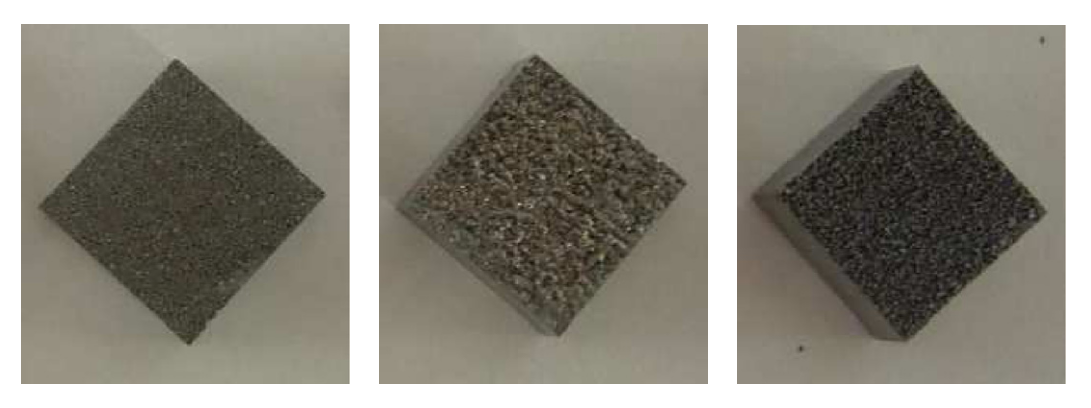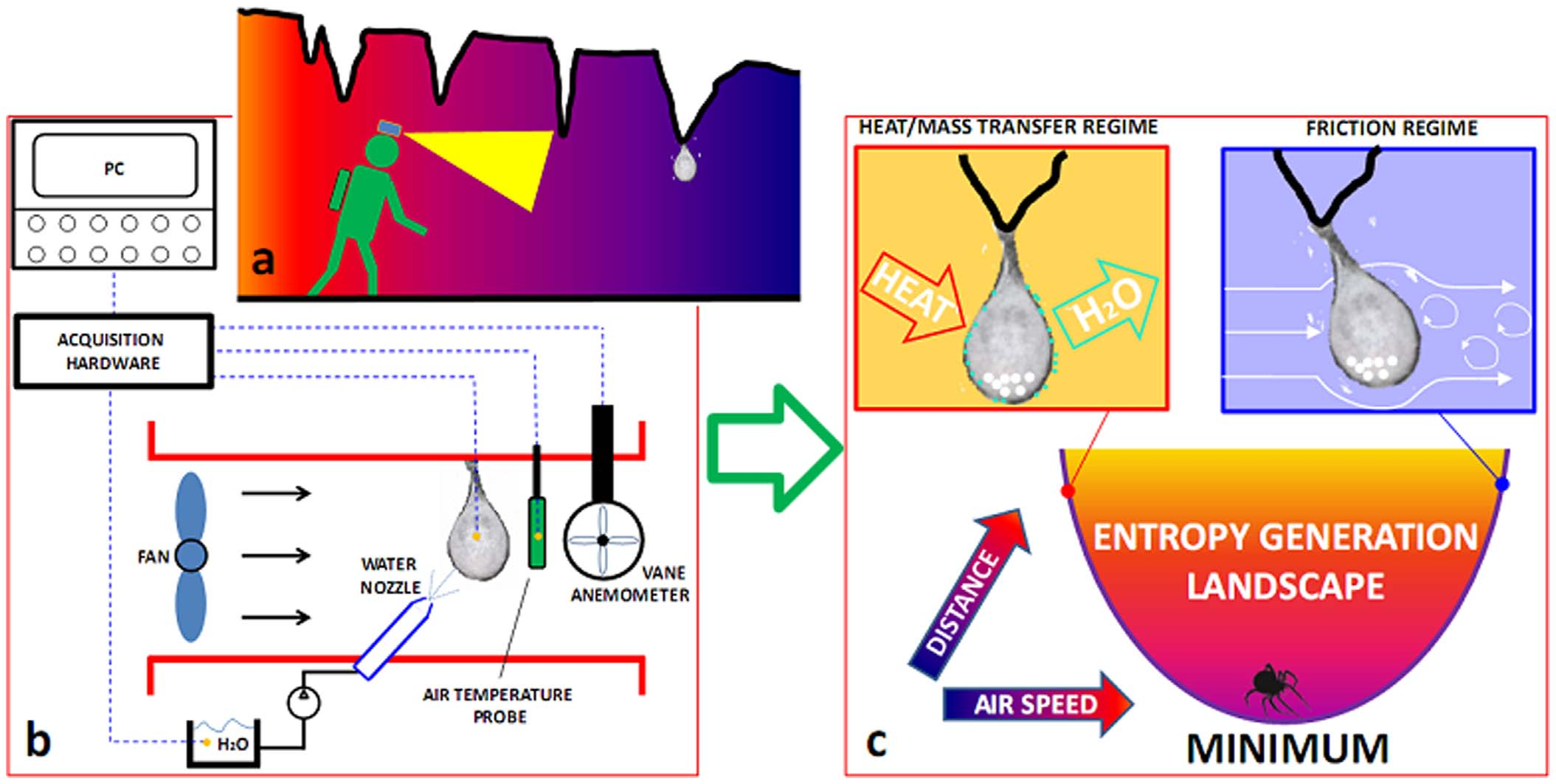Multi-Scale Modeling Laboratory
- a SMaLL step forward -
Multi-Scale Modeling Laboratory
- a SMaLL step forward -
Nearly one billion people worldwide lack of access to safe drinkable water, which
represents a huge health, social and political problem. Our research investigates
the use of solar energy to reduce this problem, also in far-away regions without access
to the electricity grid. Our approach is to use the energy from the sun, concentrated by
suitable mirrors, to desalinate and purify water for making it drinkable. The key idea is
to add to water, which flows through the focal point of the mirrors, some nanoparticles in
order to absorb solar radiation directly. Particles can be microscopic and completely natural
or nanoparticles designed with molecular simulation tools. In both cases, the objective is
to get a better direct absorption of energy. The direct absorption of energy from the sun
allows high efficiency in evaporating water and inducing natural anti-bacterial processes,
thus making water drinkable. All the considered particles can be easily extracted from the
drinkable water obtained at the end of the process, guaranteeing the environmental sustainability
of our approach.

In some regions of the world, even if sun is plentiful, the local technology is not able to guarantee the maintenance of the traditional sun concentrating systems. In such cases, we can use the heat surplus from energy generators installed in health emergency structures such as those used by “Medecins sans Frontières” in their camps. Thus, we have designed and realized a compact desalinator based on a Multi-Effect Distillation (MED) process, which purifies salty water using a two-stage process. This device is completely passive, which means that is does not need power supply for operation; it simply uses the waste heat from the exhaust gases or cooling fluid of the energy generators to purify water. Currently, this device is in its second version for low-temperature operation and has already attracted interest of Medecins sans Frontières for its use in their camps in Africa.

The energy sector is crucial for society. Future emerging technologies are required for
fulfilling the increasing demand for energy, in a respectful way with regards to the environment.
We study new materials for promoting thermal conduction, functionalized surfaces for enhancing
heat transfer and nano-engineered porous electrodes for next-generation fuel cells.
As an example, our group has recently reported experimental evidences on the potential of direct
metal laser sintering (DMLS) for the manufacturing of finned heat sinks with a remarkably
enhanced convective heat transfer coefficient. Taking advantage of artificial roughness, in
fully turbulent regime we have observed a peak of 73% for the convective heat transfer
enhancement (63% on average) compared to smooth surfaces.

Aside from industrial engineering and practically-relevant applications, we also study
energy-related biological or "atypical" applications. As an example, we have demonstrated that the
fundamentals of thermodynamics can be useful to better understand the behaviour of natural life,
in this case, of spiders. In a multi-disciplinary study, we have monitored the behavior of the
European cave spiders Meta Menardi while choosing the depositional area for their cocoons.
The in-field and laboratory data have been then interpreted using the Entropy Generation Minimization
(EGM) method, giving evidence that the spiders choose the depositional area according to a minimal
level of thermo-fluid-dynamic irreversibility. This methodology may: (i) pave the way to a novel
approach in understanding evolutionary strategies for other living organisms; (ii) ultimately help
new or more efficient engineering design (learning from Nature).
